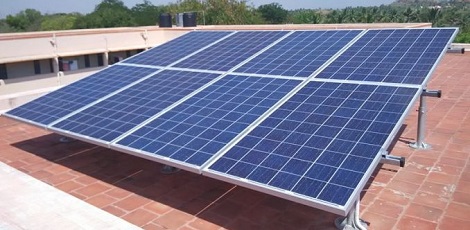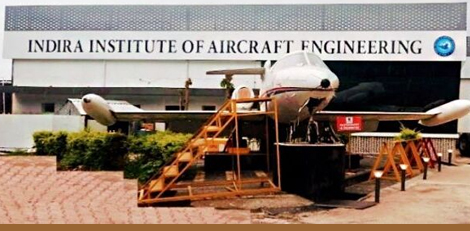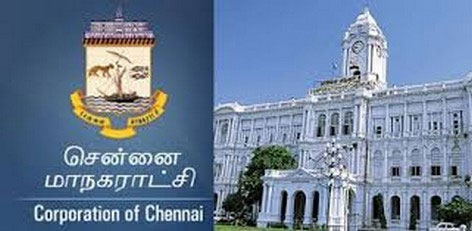Guidelines for Rooftop Solar Consumers - New Net Metering in Tamil Nadu
Posted on: 02/Apr/2019 9:41:25 AM

The Tamil Nadu Electricity Regulatory Commission (TNERC) has issued new net metering guidelines for solar rooftop consumers as part of its Solar Policy 2019.
As of 2018, Tamil Nadu is the fifth largest solar market in India. The announcement on the state�s solar policy was released earlier this year with a goal of 9 GW in solar installations by 2023 between utility-scale and distributed generation projects.
The state has targeted 40 percent (3.6 GW) of installations to come from the consumer category (residential rooftop and small-scale solar installations). The net-metering mechanism was one of the key proposals included in the solar policy that is expected to help the state achieve its installation goals.
This new order applies to all new applicants from the eligible consumer category. Existing consumers under the net metering program will not be covered under this order.
Under the new program, an eligible consumer can install the maximum capacity of solar rooftop up to 100 percent of his contracted demand with the distribution licensee.
Eligible consumers will also have to install two meters under the solar net feed-in program. First is for measuring solar power generation and the second is to measure import and export of energy. Both the meters will have to be installed at the same location where the existing meter for recording the consumption of energy is installed.
Installation of solar generation meter is to help DISCOMs with demand forecasting, along with the calculation of total solar generation in the state. The cost of new meters provided for the net feed-in program, installation and testing charges will have to be borne by the eligible consumers. However, DISCOMs will procure, test and install the meters. The consumer will also have an option of procuring and supplying the meters.
The electricity generated by the solar rooftop power project will need to be used for self-consumption. The surplus energy that flows to the grid and recorded in the export register of the meter will be calculated at a tariff fixed by the commission and credited to the consumer�s account.
Under the commercial agreement, the order says-
�The price of purchase of energy exported to the grid by the solar power generators commissioned under the solar net feed-in during a financial year will be at 75 percent of the pooled cost of power purchase notified by the Commission for the respective financial year in the orders issued on pooled cost of power purchase under Renewable Energy Power Purchase Obligations, 2010� OR �75 percent of last feed in tariff determined by the Commission or 75 percent of tariff discovered in latest bidding whichever is less.�
Connectivity to rooftop solar systems will be restricted to 90 percent of the distribution transformer capacity at the local level. The DISCOMs will provide the connectivity on a first come first serve basis and update the status of cumulative rooftop solar capacity connected to each distribution transformer in their website.
The Commission specifies that the responsibility of operation and maintenance (O&M) of the solar rooftop project including all accessories and apparatus lies with the solar power generatators. For example, a consumer should use sine wave inverter suitable for synchronizing with the distribution licensee�s grid.
However, grid-connected solar PV systems with battery backup are not covered under this order. Any battery backup will be restricted to the consumer�s network, and the consumer will be responsible for taking adequate safety measures to prevent battery power extending to grid causing a failure to DISCOM�s grid supply.
DISCOMs will install the energy meters and commission the solar metering facility within three weeks from the date of application by the consumer. The energy generated from the solar rooftop project can be accounted towards the fulfillment of renewable purchase obligation of DISCOMs. However, the net injection of power is not eligible for renewable energy certificates.
The order has been in effect from March 25, 2019.
Other states are also mulling similar policies to incentivize rooftop solar generation as rooftop makes only 11 percent of India�s total solar installation.
The Karnataka Electricity Regulatory Commission has also published a discussion paper with regards to tariff determination and other norms for rooftop solar energy projects and has invited comments from all stakeholders.







